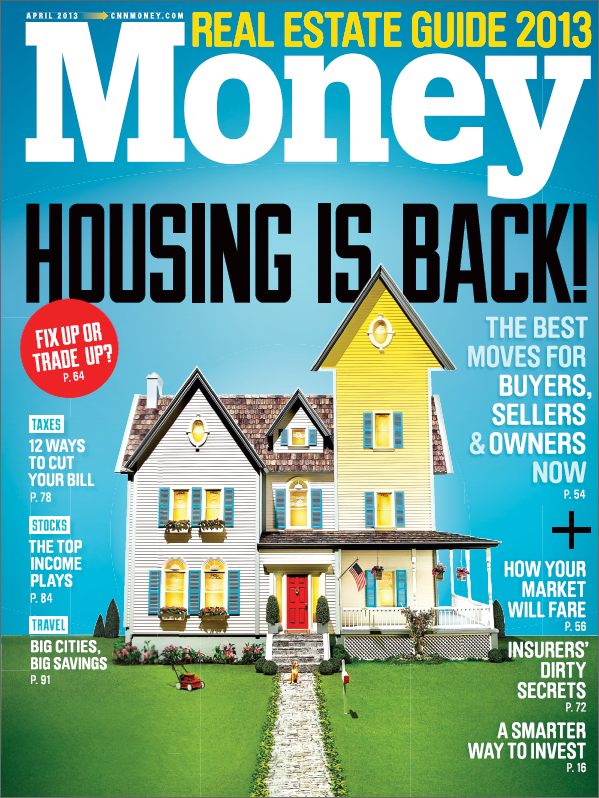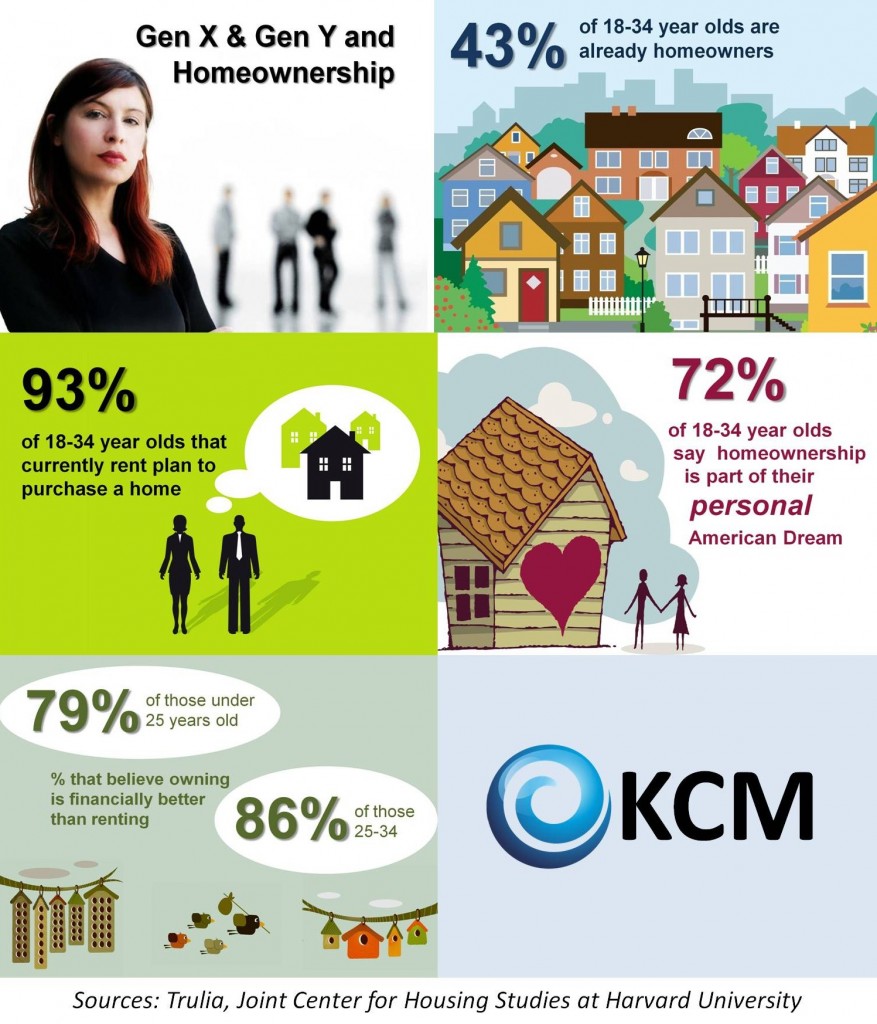 The housing market is making key progress in home prices and sales, but officials warn that the overall recovery remains “fragile” in the Obama administration’s Housing Scorecard for March.
The housing market is making key progress in home prices and sales, but officials warn that the overall recovery remains “fragile” in the Obama administration’s Housing Scorecard for March.
“Despite the positive news, we have important work ahead since there are so many families and individuals still struggling,” says Kurt Usowski, HUD deputy assistant secretary for economic affairs.
In 2012, home owner equity grew by more than $1.64 trillion. Rising home values have lifted 1.7 million home owners above water again, the Housing Scorecard notes.
Home prices and home sales have shown large gains in the past year. Existing-home sales in February were up 10 percent year-over-year, the highest since November 2009. New-home sales were up 12 percent year-over-year in February, which is the second highest level since April 2010, the administration’s report noted.
More home owners are taking advantage of foreclosure mitigation programs. For example, more than 1.5 million home owner assistance actions–including loan modifications and early delinquency interventions–have taken place through the Making Home Affordable Program. More than 1.1 million home owners have received a permanent loan modification through the HAMP program, saving about $546 on their mortgage payments each month.







